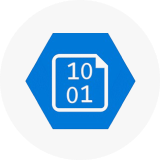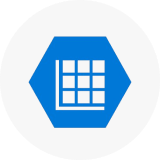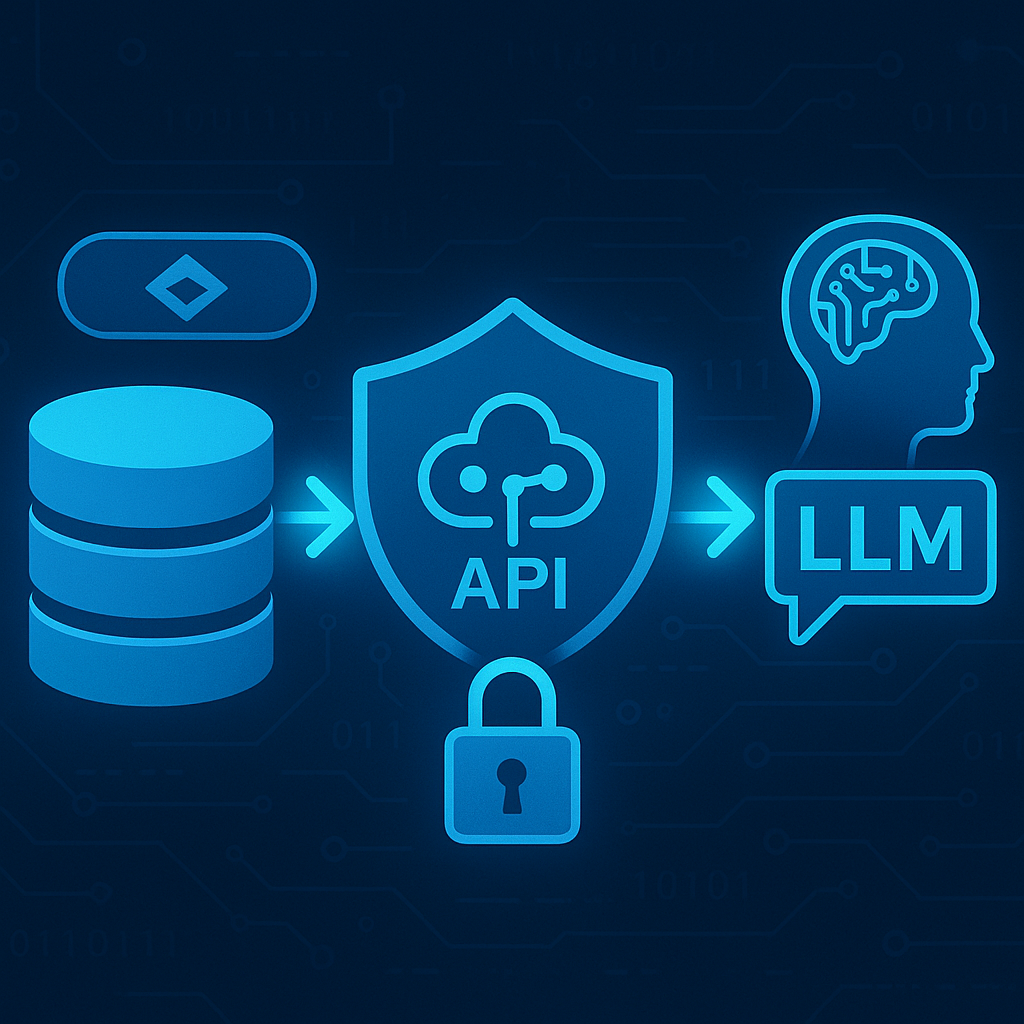Healthcare organizations using Cerner Millennium (Oracle Health) struggle with integrating data trapped in complex databases and proprietary systems. Building custom APIs or integrations can be time-consuming, costly, and risky — especially when patient privacy and compliance are on the line.
DreamFactory’s API Platform simplifies this by automatically turning Cerner’s Oracle Health data into secure, governed REST APIs, enabling fast, compliant access for IT teams, developers, and data scientists.
By unifying data governance, security, and interoperability, DreamFactory modernizes legacy EHR access and unlocks AI-driven innovations—such as clinical assistants and predictive analytics—through its Model Context Protocol (MCP) for safe, auditable LLM integration.
1. DreamFactory: The API Gateway for Cerner Ecosystems
DreamFactory is an API-first integration layer that connects legacy EHR data with modern applications and AI systems. It serves as a governed gateway between Cerner’s Oracle Health database and any consuming service — whether that’s a clinician dashboard, analytics tool, or LLM.
Key advantages:
- Instant REST APIs – Auto-generate APIs from Cerner Oracle tables, views, or stored procedures in minutes.
- Unified access – Combine data across FHIR, HL7, billing, and imaging systems through a single, consistent API layer.
- Governance at the gateway – Apply RBAC, authentication (SSO, OAuth2, LDAP), and field-level redaction before any data leaves your network.
- Auditing & compliance – Every transaction is logged for HIPAA and internal policy reporting.
By standardizing Cerner’s data through DreamFactory’s APIs, healthcare organizations can safely support AI assistants, web apps, and mobile portals — without writing custom integrations or exposing the Oracle database directly.
2. Secure, On-Prem or Private Cloud Deployment
DreamFactory can be deployed on-premises, in a private VPC, or within a HIPAA-compliant cloud environment (Azure, AWS GovCloud, OCI).
This means:
- Data never leaves your perimeter — all AI interactions stay within your secure environment.
- Credentials stay local — Oracle and Cerner connection secrets are never shared externally.
- Full control — Security teams manage encryption, logging, and identity within existing infrastructure.
Result: AI applications and LLMs interact with governed REST endpoints, not the raw Cerner database.
3. Enabling AI & LLM Integration via Model Context Protocol (MCP)
DreamFactory’s Model Context Protocol (MCP) brings structure, control, and compliance to how large language models access enterprise data. MCP acts as an intelligent intermediary between your governed APIs and the model itself.
Capabilities include:
- Model registration & dataset mapping – Control which APIs and data domains each model (e.g., GPT-4, Claude, Bedrock, Llama) can query.
- Context-aware governance – Enforce role-based data exposure and redact sensitive fields dynamically.
- Prompt & response mediation – Sanitize model prompts and filter responses to prevent PHI or sensitive data leakage.
- Audit & compliance trail – Track every prompt, response, and API call for HIPAA or internal reviews.
- Vendor-agnostic support – MCP works seamlessly across any LLM platform or deployment type.
Together, DreamFactory’s API platform and MCP enable secure, governed LLM access to Cerner and Oracle Health data — giving teams the ability to innovate safely with generative AI.
4. How It Works with Cerner’s Oracle Data Layer
- Connect to Cerner Oracle Database
Use DreamFactory’s native Oracle connector to securely introspect schemas and generate REST APIs. - Govern with RBAC and Redaction
Apply least-privilege roles, audit logging, and field-level masking directly at the API gateway. - Expose APIs to AI and Applications
AI models, internal tools, or analytics pipelines consume data through DreamFactory — not direct SQL or Cerner APIs. - Extend Through MCP
The Model Context Protocol connects approved LLMs to your governed APIs with full policy enforcement and traceability.
5. Example Use Cases for Cerner Integrations
Clinical Documentation Summarization
- Use MCP-controlled endpoints to let LLMs summarize patient encounters or discharge notes securely.
Claims and Denial Automation
- Combine billing and EHR data into redacted APIs for AI-driven appeals and revenue cycle optimization.
Care Gaps & Predictive Analytics
- Feed standardized, compliant datasets into machine learning and LLM pipelines for population health insights.
6. Technical Advantages for Healthcare Teams
|
DreamFactory Capability |
How It Benefits Cerner Users |
|
Instant API Generation |
Turns Cerner Oracle schemas into REST APIs automatically. |
|
Data Unification |
Combines Cerner, FHIR, HL7, and external data into one governed endpoint. |
|
Field-Level Masking |
Redacts PHI before AI ingestion or model prompts. |
|
RBAC + SSO/OAuth2 |
Enforces least-privilege access for applications and AI. |
|
Comprehensive Auditing |
Logs all model and API interactions for HIPAA compliance. |
|
On-Prem / Private Cloud |
Keeps PHI within secure boundaries. |
|
Model Context Protocol (MCP) |
Provides AI governance, prompt mediation, and traceable LLM access. |
FAQs
1. How does DreamFactory support HIPAA compliance?
DreamFactory is designed to support HIPAA, HITECH, and other healthcare data regulations through built-in security and governance features:
- Field-level masking and redaction ensure PHI never leaves the gateway.
- RBAC and least-privilege access enforce who can see or modify data.
- Comprehensive audit trails log every request and response for compliance reporting.
- Encrypted connections (TLS, SSL) and secure key management protect data in transit and at rest.
DreamFactory does not store or replicate data — it simply governs and routes access to your existing systems securely.
2. Can I deploy DreamFactory in a fully offline or air-gapped environment?
Yes. DreamFactory supports fully offline and air-gapped deployments, ideal for hospitals or defense-related healthcare organizations with strict data isolation policies.
- Run DreamFactory entirely on-premises, within your data center or private network.
- No dependency on external APIs or cloud services.
- Fully functional with local identity providers (LDAP, Active Directory) and internal LLMs or AI models.
This ensures zero external data exposure, perfect for high-security or compliance-sensitive environments.
3. How does DreamFactory handle AI integrations securely?
DreamFactory provides end-to-end AI governance through its Model Context Protocol (MCP):
- AI models interact only with approved, redacted REST APIs, not raw databases.
- Prompt and response filtering prevent PHI leakage or prompt injection attacks.
- MCP audit trails track every AI interaction, model, and dataset used.
- Supports both cloud-hosted and on-prem LLMs (e.g., Azure OpenAI, Anthropic Claude, local Llama).
In short, DreamFactory acts as an AI data firewall, allowing innovation without sacrificing security or compliance.
The Bottom Line
DreamFactory transforms Cerner’s Oracle Health data into an API-driven, AI-ready foundation — one that supports clinical innovation without compromising compliance.
With DreamFactory, healthcare organizations can:
- Generate secure, REST-based APIs over Cerner’s Oracle backend in minutes.
- Safely connect LLMs and AI tools through the Model Context Protocol (MCP).
- Maintain full HIPAA and enterprise data governance control.
- Deploy entirely on-prem or in private cloud for complete data sovereignty.
In short, DreamFactory modernizes Cerner data access and makes it LLM-ready — safely, compliantly, and without rewriting your EHR stack.
Kevin Hood is an accomplished solutions engineer specializing in data analytics and AI, enterprise data governance, data integration, and API-led initiatives.
























 Blog
Blog

